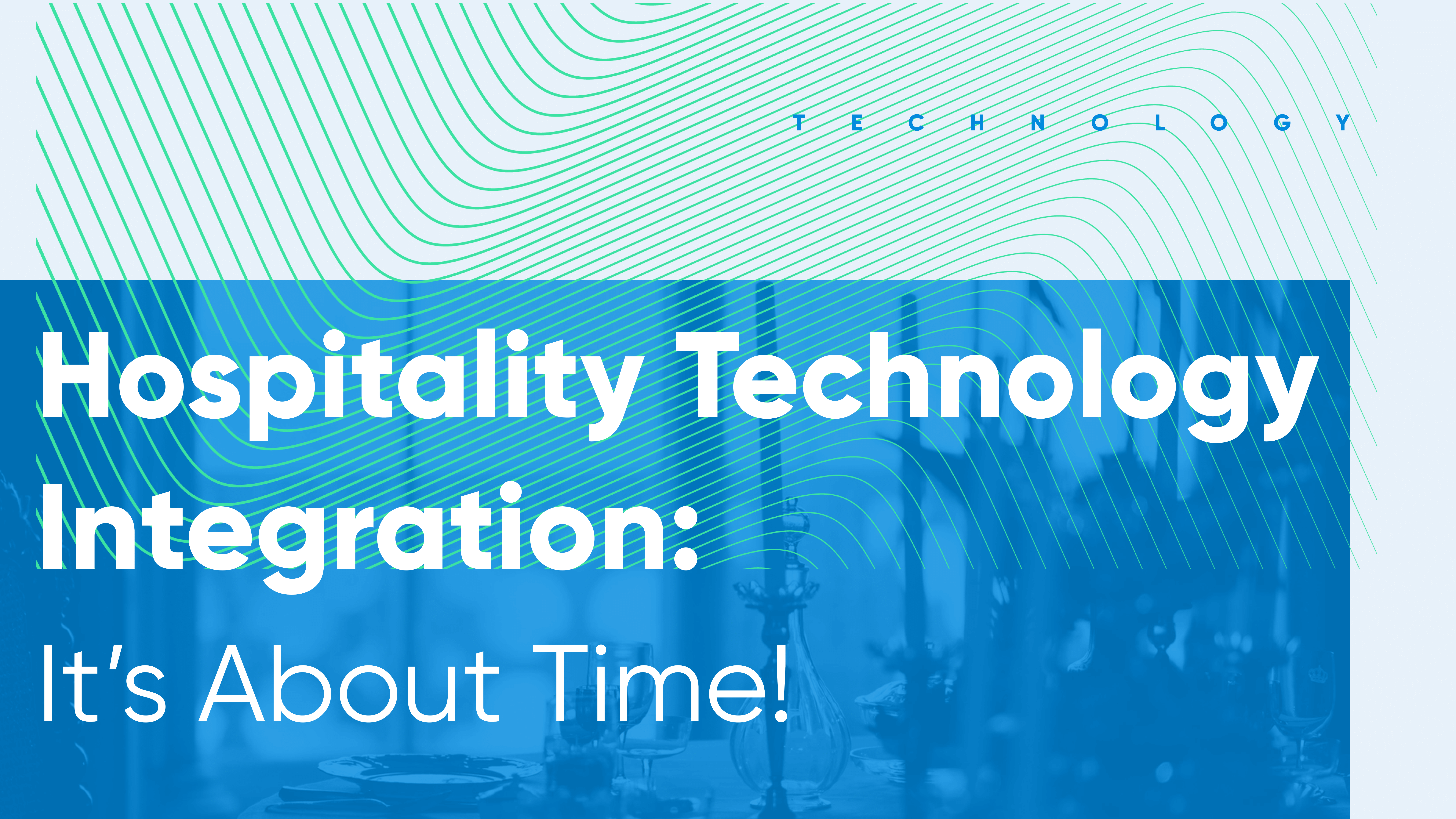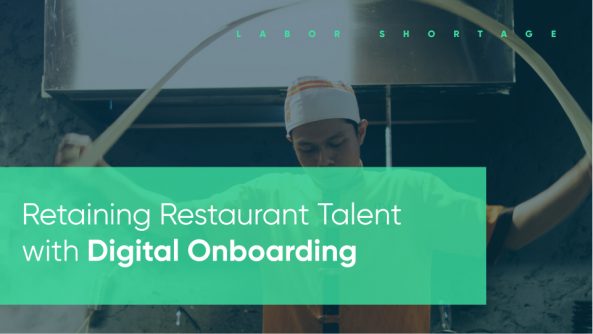Hospitality Technology Integration: It’s About Time!

- By Harri Insider Team | January 24, 2020
Over the past decade, HCM tech solutions to restaurant and hotel management, staffing, training, scheduling, and financial management have grown as rapidly as the plant-based meat trend.
The term “tech stack” refers to the combination of automation tools that a business uses to run its operations more smoothly. Like ingredients in a dish or amenities and services at a resort, all of the parts need to work together seamlessly.
For owners and operators of restaurants and hotels, researching, investing in, learning, and managing multiple systems often feels like a job in itself. Technology, which should make our lives easier, enable us to deliver better service, and ultimately improve profitability has become a disorganized buffet table of confusing choices.
When talent management technology was first introduced to the industry, developers focused on solving individual and specific challenges. For example, one SaaS (software as a service) developer might focus on hiring, another on schedule management, and yet another on training. But many companies made the same mistake: They developed around a function rather than an actual human need or challenge.
Terms like UX (user experience) or OS (operating system) are devoid of heart. The human question is:
“How can I find the best people for my open positions, train, compensate, and retain them quickly, efficiently, and legally, and truly understand and manage my staffing, scheduling, and people-related expenses?”
The next obvious question is:
“How can I do all that learning coding, dealing with ten different vendors, or spending hours every day bouncing between multiple systems?”
Moving into 2020 and beyond, the hospitality industry will see a move towards technology integration. The number of companies offering solutions will shrink and the strong and practical will survive. People systems will need to “speak” to POS systems and owners and operators will have the data they need to make key decisions — 24/7, largely from their mobile devices.
Smart operators today need to ask the right integration questions, advises QSR Magazine. They are:
“How many integrations does your technology platform have? And what does your network of integrations look like? (Ex. Does your POS integrate into my scheduling software? Does your KDS integrate with my guest management system?)
What was the shortest and longest go-live times with the integrations you have completed?
Is the system integration scalable for future restaurant expansion? And, will the system performance lag as the restaurant scales?
How well will the system integration work with legacy systems I may already have?
Tell me about your customer support after the implementation.
Can you give me three customer contacts for the integrations you’ve done so that I can visit with them about their experience?”
Luke Fryer, Founder and CEO of Harri, worked in the hospitality industry and he confirms that many restaurant and hotel operators end up with disjointed and incompatible systems because they simply don’t know what to look for when investing in technology. “Our industry has been late to the game in automation, and our focus has been on the human side of the business for so long. When a salesperson pitches a restaurant on the latest and greatest tech innovation, buyers can be easily confused and wind up with more than they really need — or systems that don’t work well with other technologies they already have in place.”
Integration of your talent technology will your POS and other business management systems will give you a better sense of what types of hiring you need to do — and when. And the consolidation of your people management into one easy-to-use and convenient platform will streamline your talent management process. Plus, your employees will spend less time learning new systems.
Developers may continue to create hyper-specific technology solutions for our industry, but users will start demanding integration and solutions that meet multiple needs. The technology solution providers who collaborate with others in our industry, put the customers’ needs first, and see the world through the eyes of the ultimate user will be those that will reach “the top of the tech stack” in 2020 and beyond.



















